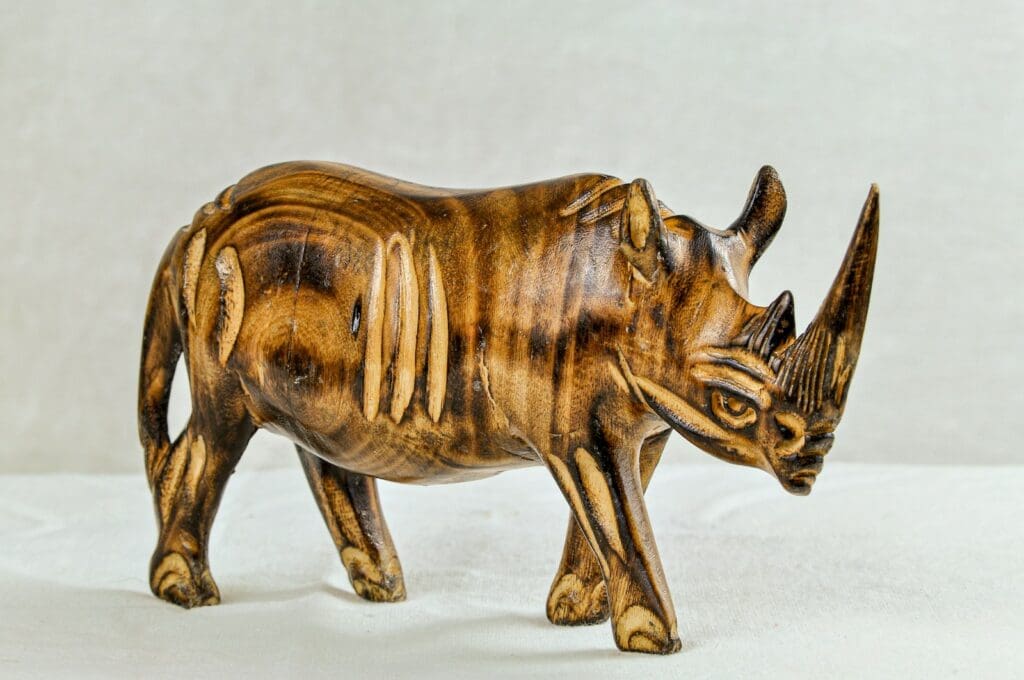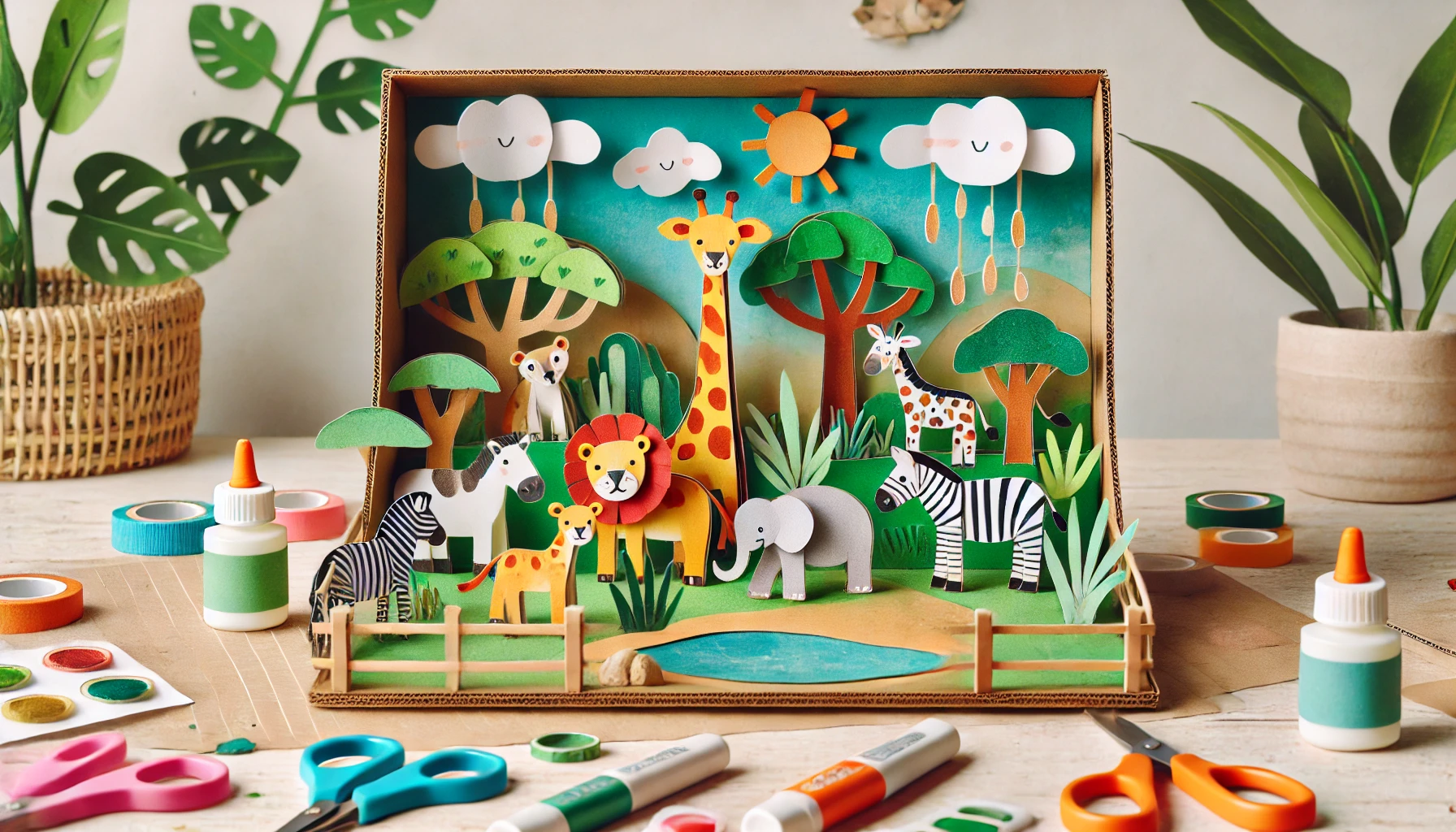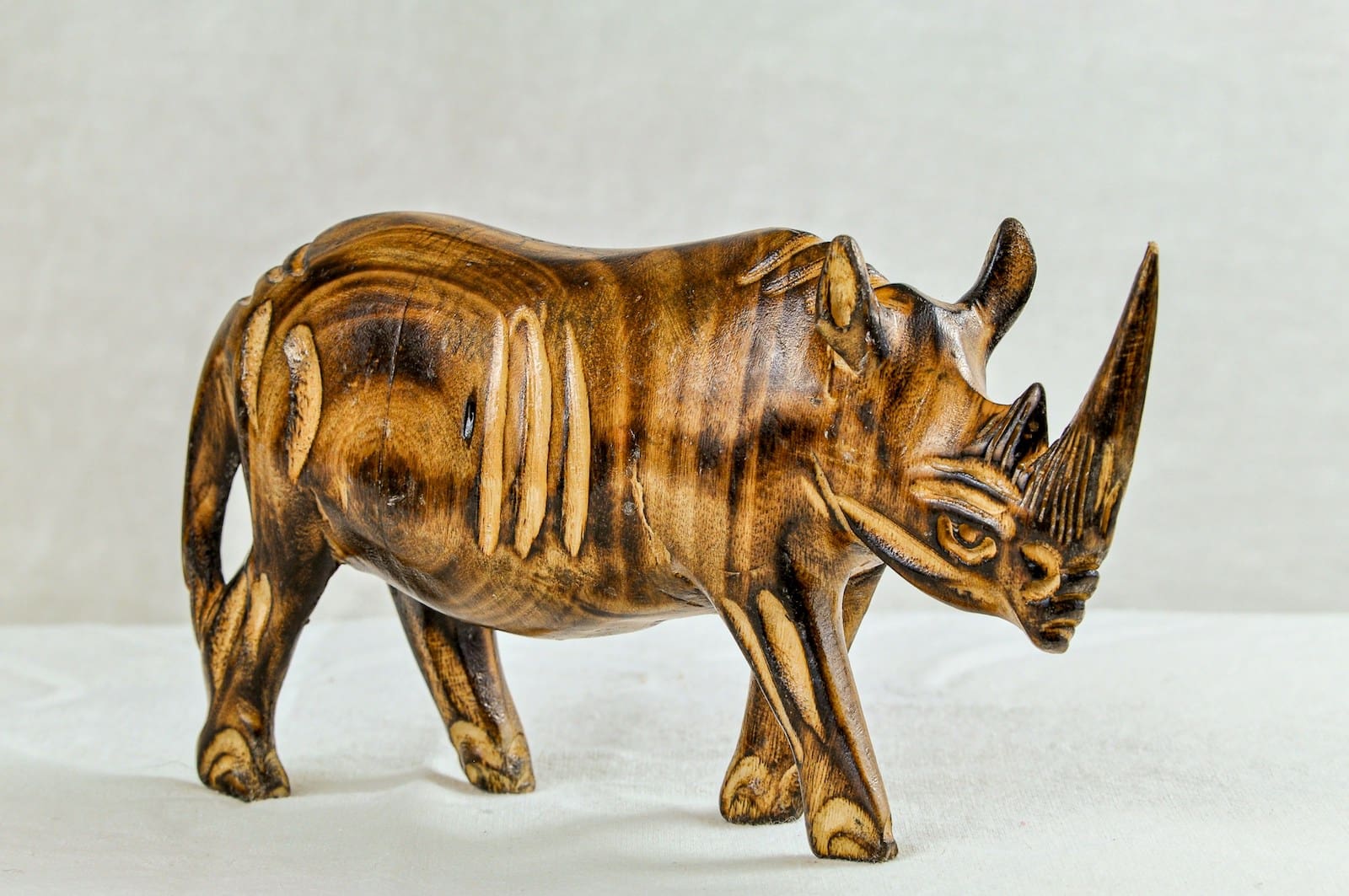
Creative Tips for a DIY Wildlife Haven
Embarking on a crafty home project can be an exciting adventure, and building your own mini zoo is no exception. It’s a fun project that beckons creativity, bringing the animal kingdom right into the comfort of your home. Ideal for kids and adults alike, it stimulates the imagination and provides an interactive learning experience. Whether using recycled materials or craft supplies, constructing a mini zoo invites families to work together, transforming everyday items into a charming collection of enclosures and habitats for their favorite creatures.
The process of creating a mini zoo nurtures a child’s curiosity about wildlife while honing their crafting skills. As they select which animals to include, design tiny enclosures, or map out the layout of their zoo, children engage in problem-solving and spatial reasoning. Crafting a mini zoo also offers a wonderful opportunity for parents and educators to introduce topics such as animal behavior, habitat conservation, and ecology in a hands-on and engaging manner.
Furthermore, a mini zoo project shines as a customizable endeavor; it can be as simple or as complex as desired. This versatility ensures it’s an enjoyable undertaking for novices and seasoned crafters alike. Not only does it result in a unique display that they can take pride in, but it also weaves memorable moments spent crafting and learning together as a family.
Planning Your Mini-Zoo Layout
Creating a mini-zoo at home is an engaging project that involves selecting the right mix of animals and designing their enclosures with creativity and care. One should think about the available space and the materials they’ll be using, such as construction paper for crafting the enclosures or paint for adding details.
Choosing Your Zoo Animals
When selecting zoo animals for a mini-zoo, keep variety and compatibility in mind. Create a list of animal figures to include, considering a range of species that can coexist peacefully in your space, just like in a real zoo. For example, you may choose a set such as:
- Mammals: Elephants, lions, and bears.
- Reptiles: Snakes and lizards.
- Birds: Flamingos and parrots.
- Aquatic Creatures: Fish and turtles.
One should also consider what animals they are passionate about and what would be exciting to see in their mini-zoo.
Designing the Enclosures
When one designs the enclosures, they should ensure the space is appropriate for each animal. One can use construction paper to craft barriers and fences, and paint to add naturalistic elements like water features or grasslands. Here’s a basic guide to get started with enclosure designs:
Enclosure Size & Terrain:
- Small animals: 4×4 inch enclosures with paper trees or ponds.
- Large animals: 6×6 inch or larger areas with painted details for habitats.
- Birds: Vertical spaces with crafted nests and perches.
One may consider using materials like pebbles or popsicle sticks to create more texture and realism. The layout should have a clear path that allows all animals to be visible, enhancing the overall viewing experience.
Crafting the Animal Exhibits
Creating a mini-zoo at home is a fun and engaging craft project. This section will guide readers through the process of making paper animals and building their habitats with everyday materials.
Creating Zoo Craft Animals
Crafting animals requires basic materials like cardboard, colored paper, scissors, and glue. To make a tiger or a koala, one can cut out shapes from cardboard and embellish them with stripes or grey felt respectively. For a snake, cut a long strip and decorate with tissue paper scales. Add googly eyes for a touch of whimsy. For a peacock or a hippo, consider using craft sticks as a base and tissue paper or felt for the body, then decorate with vibrant colors. Penguins can be fashioned from black and white paper, with felt or small buttons for eyes, and a dash of orange paper for the beak. Encourage creativity by using various materials like toothpicks for small details.
Building Homes and Habitats
Once the animals are ready, their habitats can be constructed. Use a large tray or box as a base. For a koala, create a eucalyptus tree using green tissue paper and branches. A tiger enclosure can be fashioned from cardboard, painted with green spaces and adorned with natural materials for foliage. An aquatic area for penguins and fish might include blue tissue paper as water and pebbles or sand for a shoreline. Peacocks require a spacious area with colorful felt to mimic the vibrant feathers of their real-life counterparts. Constructing these exhibits encourages understanding of animal habitats and the importance of environment in animal welfare.
Interactive Zoo Features
Creating a mini-zoo at home isn’t just a fun activity; it’s an opportunity for children to immerse themselves in an environment where playfulness meets education. This section explores engaging features that can transform a simple craft project into an interactive learning experience.
Engaging Educational Activities
Small World Play: Crafting a mini-zoo allows children to develop their social skills as they navigate a small world they’ve created. Through arranging zoo animal crafts, they learn to assign roles and make decisions, bolstering their understanding of how a zoo functions. For example, setting up a lion’s den area helps them conceptualize animal habitats.
Dramatic Play: Encourage dramatic play by constructing lion masks or safari binoculars for kids to take on the roles of zookeepers or explorers. This kind of role-playing is instrumental in enhancing communication skills and fostering empathy as children act out scenarios and interact with their peers.
Zoo Scavenger Hunt: To incorporate math skills, organize a zoo scavenger hunt where children must count items or solve simple math problems to discover hidden animals or objects around the zoo. This not only creates excitement but also seamlessly integrates learning into their play.
Zoo Crafts for Kids: Simple crafting activities, such as making animal masks or decorating binoculars, also provide a hands-on approach to learning. These crafts help refine motor skills and give children a tangible connection to the animals they are learning about.
Zoo Activities: Interactive zoo-themed games and puzzles can help children practice problem-solving and critical thinking. Through play, they become more attuned to the characteristics and needs of different animal species.
By integrating these interactive features, children are provided with a rich, immersive environment for playful education. Crafting a mini-zoo is an innovative way to nurture a child’s curiosity and development across multiple skill sets.
Finishing Touches to Your Mini-Zoo
Once the structure of your mini-zoo is in place, it’s the finishing touches that bring it to life. These details transform a simple collection of toys into a vibrant and engaging environment.
Decorating with Natural Elements
Incorporating natural elements into one’s mini-zoo can create a more authentic and inviting space for both the toy inhabitants and the admirers. Flowers and pebbles can be strategically placed to mimic natural habitats, adding wooden elements to simulate trees or logs. One can paint subtle features like butterflies or a tortoise using a paint brush with fine bristles for detailed work.
- Aquarium: If the zoo includes a water feature, a small aquarium can be utilized to represent a pond or lake, which can be adorned with pebbles and artificial water plants.
- Butterfly Enclosures: Crafting butterfly enclosures from transparent paper bags or light netting can add a whimsical touch. Small, colorful butterfly figures placed within these can simulate a fluttering effect.
- Tortoise Habitat: For the tortoise, a corner with sand and a hiding spot crafted from wooden materials offers a realistic look. Tortoise toys can be added to complete this scene.
- Floral Decor: Artificial or handcrafted flowers can brighten up corners of the zoo, lending it a lush appearance.
Remember, one does not need to spend extravagantly; with creativity, every object, from pebbles to paper bags, transforms into a part of this miniature world.



